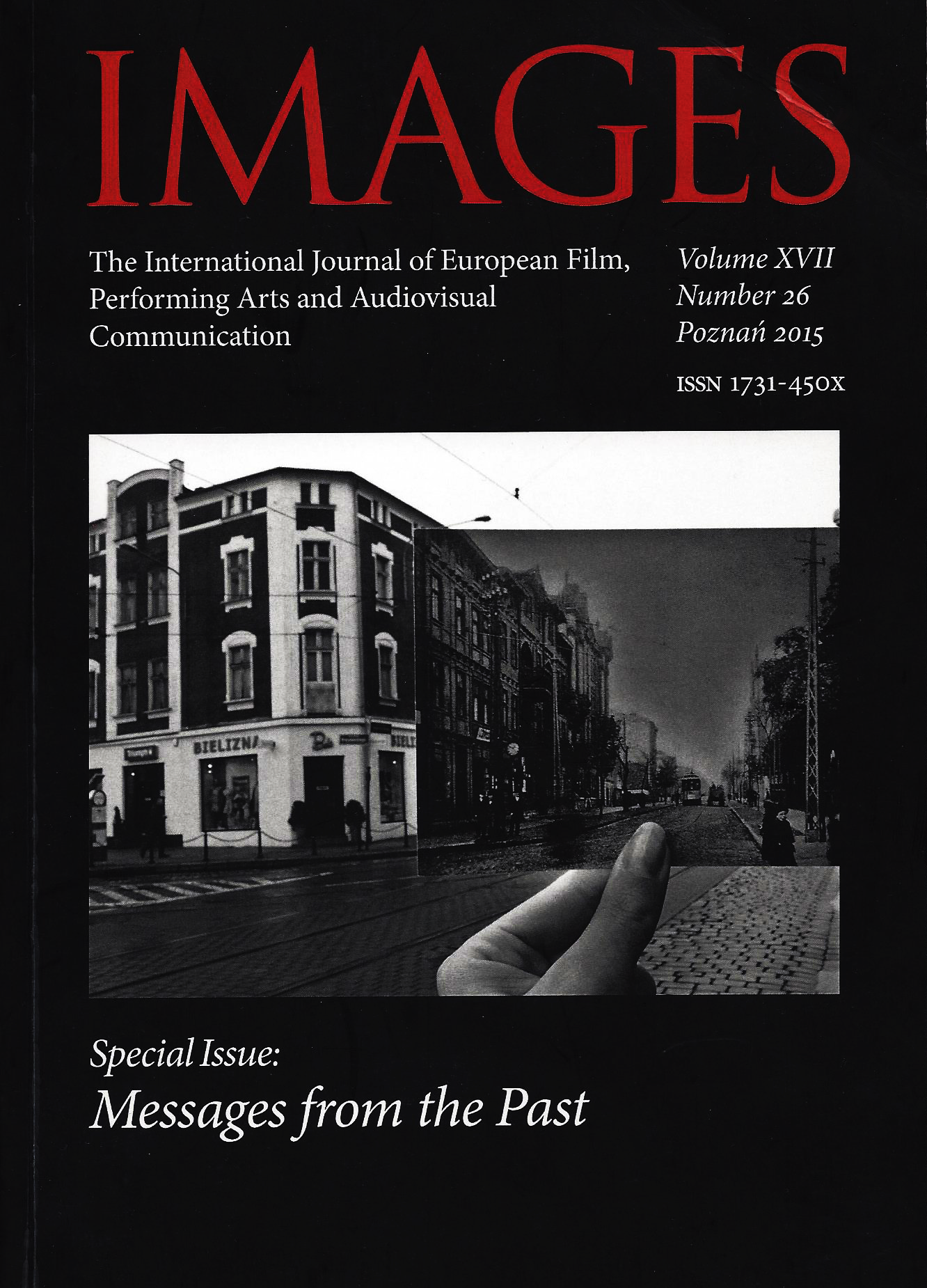Between Documentary and Fiction: Authenticity and Voyeurism in the Cinema of Ulrich Seidl
Between Documentary and Fiction: Authenticity and Voyeurism in the Cinema of Ulrich Seidl
Author(s): Anna GranatowskaSubject(s): Media studies, Film / Cinema / Cinematography, Sociology of Art
Published by: Uniwersytet Adama Mickiewicza
Keywords: Ulrich Seidl; authenticity; Austrian cinema; documentary film; voyeurism;
Summary/Abstract: The peculiarity of the films by Ulrich Seidl lies in the fact that the Austrian director combines freely the feature and documentary film techniques. This makes classifying his works not only impossible, but also pointless. Nevertheless, Seidl was perceived by critics as a documentary film director until he shot “Dog Days” in the year 2001. This film is regarded as a kind of a turning point in his career, a transition from documentary to fictional filmmaking. In fact it is hard to speak of a fundamental change in this instance. It seems more appropriate to perceive Seidl’s work as the director’s own consistently developed concept of cinema. The category of authenticity in meaning, contained in a definition formulated by the German film theoretician Manfred Hattendorf, proves to be very useful for describing the characteristic features of Seidl’s works. The techniques applied by Seidl in order to achieve the impression of authenticity by the viewer also bring to mind the voyeur’s perspective.
Journal: Images. The International Journal of European Film, Performing Arts and Audiovisual Communication
- Issue Year: 15/2014
- Issue No: 24
- Page Range: 61-70
- Page Count: 10
- Language: English

